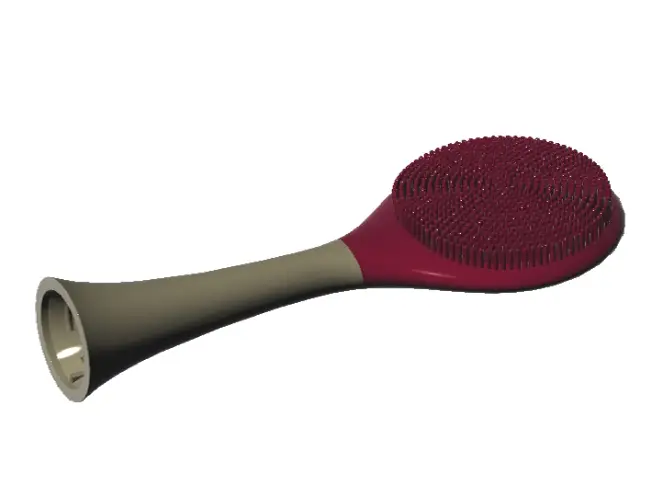Liquid Silicone Rubber Injection Molding (LSR molding) is widely used to create versatile, durable products across industries such as automotive, medical devices, and consumer goods. However, despite its advantages, manufacturers may face challenges in achieving consistent and high-quality results. This article provides a troubleshooting guide for businesses using liquid silicone rubber injection molding, offering practical solutions to common issues encountered in the process.
Common Challenges in Liquid Silicone Rubber Molding
One of the most frequent issues in liquid silicone rubber molding is inconsistent curing. This problem often leads to parts that are either overcured or undercured, affecting their mechanical properties and appearance. Surface defects such as blemishes or discoloration can also arise, particularly when there is inadequate mold surface preparation or poor control over the curing process. Additionally, dimensional inaccuracies, like warping or uneven thickness, are common problems that manufacturers need to address for high-quality, reliable products.
Solutions for Optimizing Molding Quality
To address curing inconsistencies, it’s important to ensure that the mold temperature is well-regulated and that the liquid silicone rubber molding process is optimized. This can involve fine-tuning the heating elements of the mold or adjusting the injection pressure to ensure the material flows evenly. Modifying the mold design to improve the flow of liquid silicone can help in reducing surface defects. Proper material handling also plays a critical role in improving the overall molding process, as contaminants or moisture can affect the quality of the molded part.
Troubleshooting Tips for Consistency and Reliability
For manufacturers seeking to enhance the consistency and reliability of liquid silicone rubber injection molding, adjusting machine settings is key. This includes fine-tuning injection speed, pressure, and cooling time to ensure even material distribution and proper curing. Additionally, selecting the right grade of liquid silicone rubber is crucial, as material properties like viscosity and curing behavior can vary. When necessary, businesses like Henry Precision offer expertise in machine settings and material selection to help troubleshoot these issues and optimize production.
Conclusion
In conclusion, understanding the common challenges and solutions in liquid silicone rubber molding is essential for achieving consistent, high-quality results. Whether it’s addressing curing issues, improving mold design, or optimizing machine settings, businesses can benefit from troubleshooting strategies that enhance reliability. Henry Precision offers valuable support to manufacturers in overcoming these hurdles, ensuring the successful production of durable and flexible silicone rubber products.
